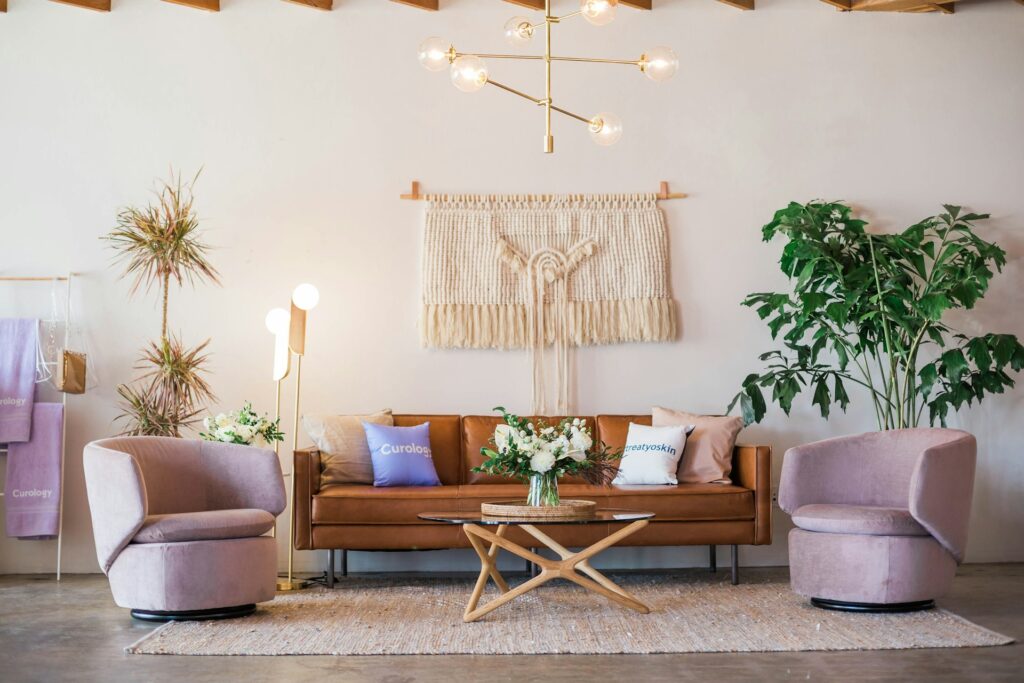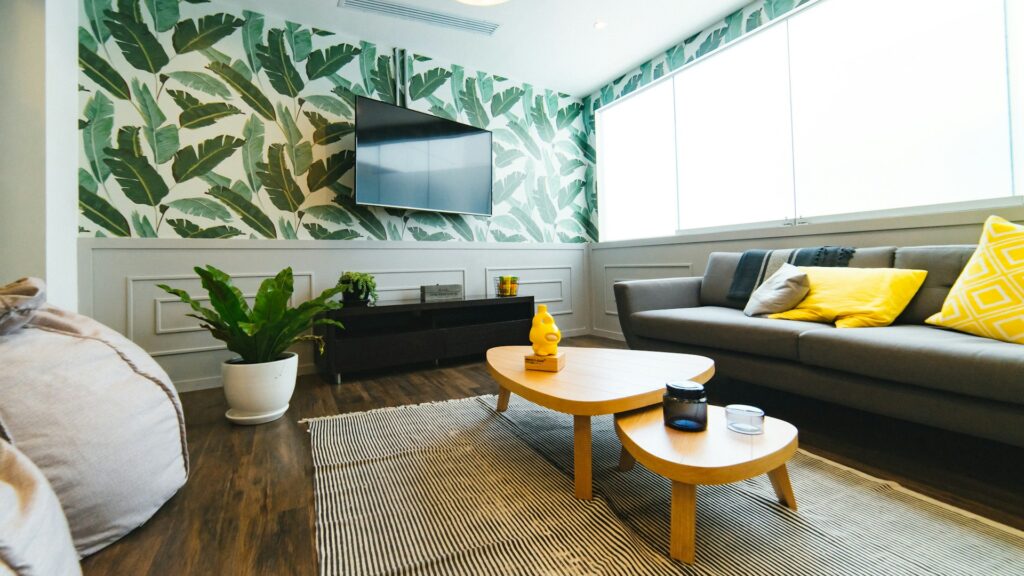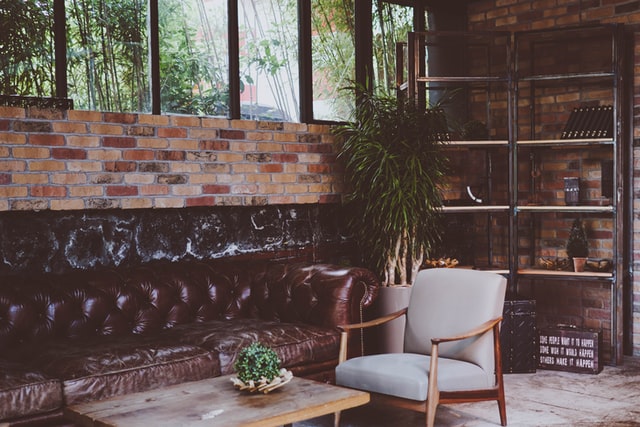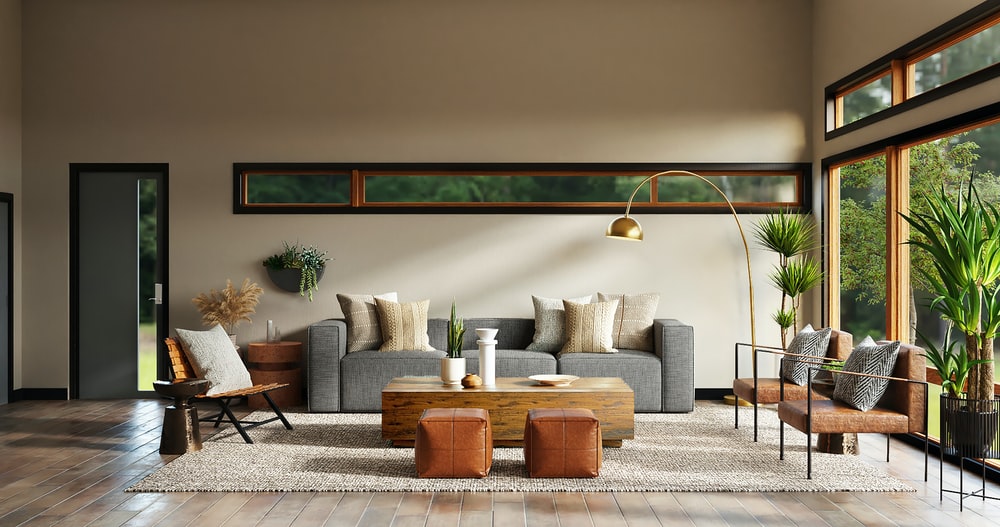Neutral Palette: Begin with a neutral color palette dominated by shades like white, beige, or gray. These hues create a serene ambiance and visually expand the space, promoting a sense of calmness and openness.
Functional Furniture: Choose furniture pieces with simple, sleek lines and multifunctional purposes. Opt for items that serve both practical and aesthetic functions, such as minimalist sofas, coffee tables with integrated storage, and modular seating arrangements.
Decluttered Spaces: Keep surfaces clear and clutter-free. Avoid overcrowding the room with unnecessary accessories or decorations. Each element in the space should have a purpose and contribute to the overall Living room Design minimalist aesthetic.
Natural Light: Maximize natural light by incorporating large windows and minimal window treatments. Sunlight not only brightens the room but also creates a connection with the outdoors, enhancing the sense of openness and tranquility.
Minimalist Art and Decor: Select a few carefully curated art pieces or decor items to add visual interest without overwhelming the space. Choose minimalist artwork, sculptures, or decorative objects that complement the clean lines and simplicity of the room.
Functional Layout: Arrange furniture in a way that promotes flow and openness. Consider the proportions of the room and the scale of each piece to maintain balance and harmony. Aim for an uncluttered layout that allows for ease of movement and encourages social interaction.
Quality Over Quantity: Invest in high-quality, timeless pieces that will stand the test of time. Prioritize durability, craftsmanship, and functionality when selecting furniture and decor items for your minimalist living room.
Negative Space: Embrace negative space as an essential element of minimalist design. Allow areas of emptiness to balance out the visual weight of furniture and decor, creating a sense of calm and simplicity.
In minimalist living room design, simplicity reigns supreme. A living room design minimalist is characterized by clean lines, uncluttered spaces, and a focus on functionality. When designing a minimalist living room, it’s essential to prioritize essential elements and keep unnecessary adornments at bay. By embracing simplicity, a living room design minimalist can exude a sense of tranquility and sophistication.
One key aspect of living room design minimalist is the use of neutral colors. Opting for shades like white, beige, or gray creates a serene atmosphere and enhances the feeling of spaciousness. In a living room minimalist design, every piece of furniture serves a purpose. Choose sleek, streamlined furniture with simple silhouettes to maintain a clean aesthetic.
Another vital element of living room design minimalist is ample natural light. Large windows allow sunlight to flood the space, making it feel airy and open. Avoid heavy drapes or curtains that obstruct light, opting instead for sheer fabrics or blinds that can be easily opened to let the sunshine in.
To maximize space in a minimalist living room, consider multifunctional furniture pieces. For example, a coffee table with built-in storage or a sofa that can double as a guest bed can help reduce clutter and make the room feel more spacious.
When accessorizing a living room design minimalist , less is more. Select a few carefully curated pieces, such as abstract artwork or sculptural decorations, to add visual interest without overwhelming the space. Remember to keep surfaces clear of clutter, opting for sleek storage solutions to maintain a tidy appearance.
In summary, minimalist living room design emphasizes simplicity, functionality, and a sense of calm. By incorporating neutral colors, streamlined furniture, ample natural light, and minimal accessories, you can create a space that feels both inviting and serene. Whether you’re starting from scratch or refreshing an existing living room, embracing minimalist design principles can transform your space into a peaceful retreat.




